Artificial Intelligence (AI) is revolutionizing the world in terms of food, transport sector and other sectors they are introducing a new era continuous innovation that will reform how people move from one point to another location. Starting from self-driving cars to smart traffic control systems, AI is rapidly advancing the competence and eco living of transportation.
Table of Contents
Introduction
In this detailed guide, we will discuss different aspects of AI in transportation from autonomous vehicles to traffic management systems through public transport and shared mobility also with logistics. We will also talk about the future perspective, pros, potentials and how AI may help to solve issues in transport.
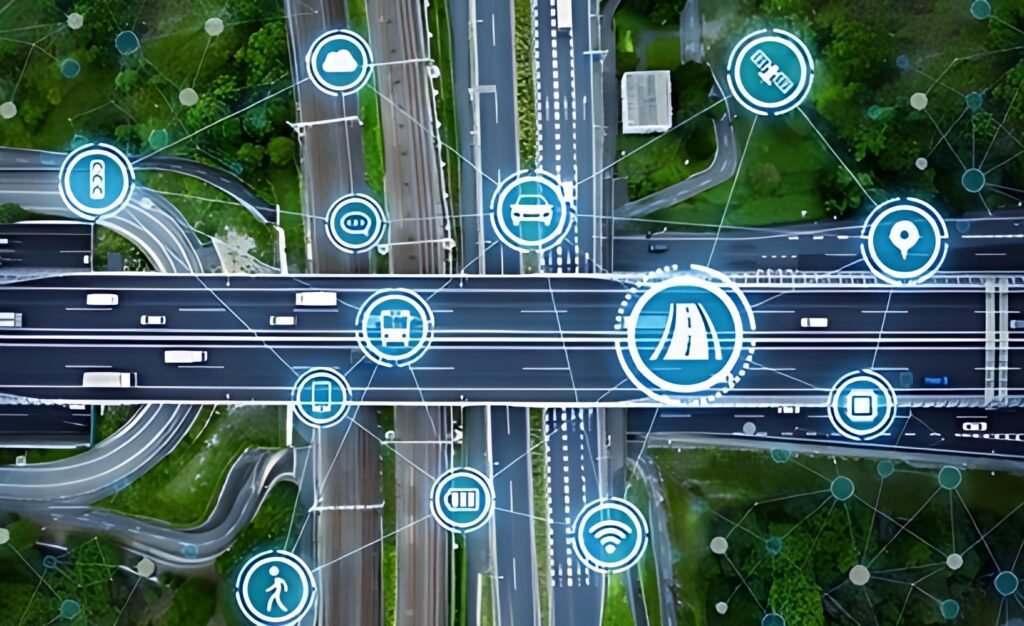
AI in Transportation: An Overview
- AI in Autonomous Vehicles:
It is autonomous AI-powered cars that lead the pack in transportation innovation. They use modern sensors, machine learning algorithms and computer vision to drive automatically. AI technology in driverless cars has the promise to lessen accidents, improve road safety and completely redefine traveling.
- AI in Traffic Management Systems:
Traffic congestion is a global challenge, and AI is playing a crucial role in mitigating it. AI-powered traffic management systems analyze real-time data from various sources, optimize traffic light timings, and actively adjust routes to ensure smooth traffic flow. This not only reduces commute times but also minimizes environmental impact.
- AI in Public Transport:
The integration of AI makes public transportation systems even smarter. Predictive analytics and machine learning algorithms play a vital role in route, schedule, passenger experience optimization. The application of AI in public transport facilitates increased reliability, availability, and efficiency to optimize urban mobility.
- AI in Shared Mobility:
Shared mobility services, such as ride-sharing and carpooling, are leveraging AI for optimal fleet management, route planning, and demand prediction. This results in reduced effective costs, lower environmental impact, and enhanced user experiences.
- AI in Transport Logistics:
The logistics industry benefits from AI by optimizing supply chain operations. AI algorithms analyze data to predict demand, streamline routes, and enhance inventory management, leading to cost savings and improved overall efficiency.
The Future of AI in Transportation
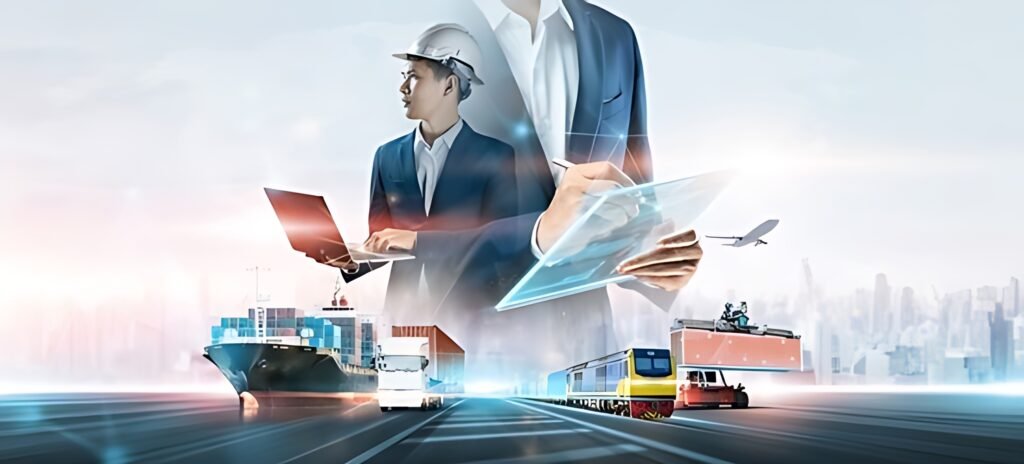
The future of AI in transportation holds exciting possibilities. Advancements in technology, coupled with increased networking, will further refine existing applications and give rise to new innovations. Improved self-driving capabilities and enhanced traffic management are leading the way in transforming the way we perceive and experience transportation through AI.
- Self-Driving Vehicles:
AI algorithms are expected to continue evolving, becoming more adept at handling complex real-world scenarios in the ongoing development of self-driving vehicles. This could lead to increased adoption of autonomous vehicles for both personal and commercial use.
- Pedestrian Detection:
AI-powered systems will play a crucial role in pedestrian safety by improving the detection and response capabilities of vehicles. This technology aims to reduce accidents involving pedestrians, making streets safer for everyone.
- Traffic Lights Management:
AI algorithms will evolve to optimize traffic light timings actively, reducing congestion and improving the overall efficiency of traffic flow in urban areas.
- Travel Time Predictions:
AI will provide more accurate travel time predictions by analyzing real-time data, helping commuters plan their journeys more efficiently and reducing uncertainty in transportation schedules.
- Road Condition Monitoring:
AI will be instrumental in monitoring road conditions in real-time, providing crucial information for maintenance and ensuring safer journeys for all road users.
- Parking Management:
AI-powered parking management systems will become more sophisticated, assisting drivers in finding available parking spaces quickly and reducing traffic caused by searching for parking.
- Traffic Incident Detection:
AI will continue to enhance the detection of traffic incidents, enabling quicker response times and improving overall road safety.
- License Plate Recognition:
Advanced AI systems will play a pivotal role in license plate recognition, contributing to improved security and law enforcement in transportation.
- Driver Monitoring:
AI will evolve to monitor drivers in real-time, enhancing safety by detecting signs of fatigue, distraction, or impairment.
Benefits of AI in Transportation
- Enhanced Safety:
AI in transportation reduces the likelihood of accidents by providing real-time monitoring, detection, and response capabilities.
- Efficient Traffic Management:
Smart traffic management systems optimize traffic flow, reducing congestion and improving overall road efficiency.
- Cost Savings:
AI-driven logistics and fleet management lead to cost savings through optimized routes, reduced fuel consumption, and improved resource allocation.
- Environmental Responsible Development:
By reducing traffic congestion, optimizing routes, and promoting shared mobility, AI contributes to a more sustainable and eco-friendly transportation system.
- Improved Earth-friendly approaches:
AI enhances public transport Earth-friendly approaches by optimizing routes, schedules, and services, making transportation more inclusive.
Best Practices in AI Implementation
- Data Security:
Ensure robust data security measures to protect sensitive information and maintain user trust.
- Collaboration:
Foster collaboration between public and private sectors to create a seamless and Interlinked transportation ecosystem.
- Regulatory Frameworks:
Develop clear regulatory frameworks to address ethical considerations, liability issues, and safety standards in AI-driven transportation.
- User Education:
Educate users about the benefits and limitations of AI in transportation to foster acceptance and understanding.
- Continuous Innovation:
Encourage continuous research and innovation to stay ahead of evolving technological trends and challenges in the transportation sector.
AI in the Transportation Industry: Final Thoughts
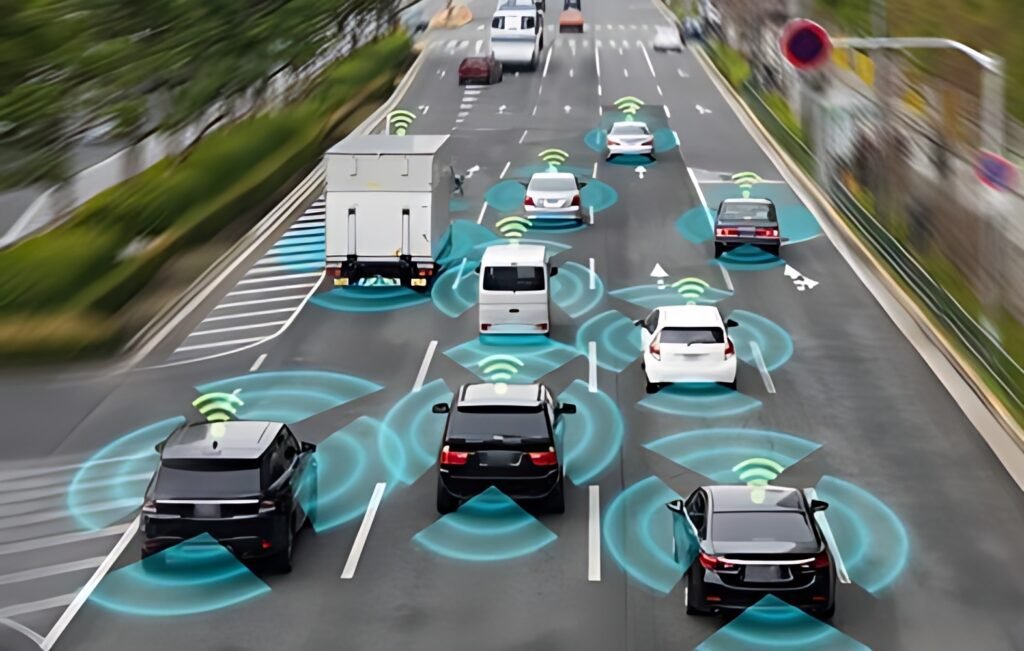
As we move forward into the future of transportation, AI can be considered to be a force for innovative change that is transforming and opening up new doors. From autonomous cars to smarter traffic control, incorporating AI presents a safer, richer and most environmentally friendly transport system. The main idea lies in responsible implementation, continuous researching and cooperative effort to make sure that AI leads humanity into the right direction of movement and connectivity.
How Artificial Intelligence is Useful in Transportation?
Artificial Intelligence brings several key advantages to the transportation sector, making it a crucial component of the industry’s evolution. The utility of AI in transportation can be summarized in various aspects:
Enhanced Safety:
AI enables real-time monitoring, detection of potential hazards, and quick response mechanisms, contributing to overall road safety.
- Efficient Traffic Management:
Smart traffic management systems powered by AI optimize traffic flow, reducing congestion, and minimizing travel times.
- Predictive Analytics:
AI algorithms analyze historical and real-time data to predict traffic patterns, enabling proactive decision-making for route optimization.
- Cost Savings:
In logistics and fleet management, AI-driven solutions optimize routes, reduce fuel consumption, and enhance overall Functional efficiency, leading to cost savings.
- Environmental Impact:
By promoting shared mobility, optimizing routes, and reducing traffic congestion, AI contributes to a more sustainable and environmentally friendly transportation system.
How AI Can Help Public Transportation?
AI plays a pivotal role in transforming public transportation, offering a range of benefits to both operators and commuters:
- Optimized Routes and Schedules:
AI analyzes data to optimize public transport routes and schedules, ensuring efficiency and reducing waiting times for passengers.
- Demand Prediction:
Predictive analytics help anticipate passenger demand, allowing for better resource allocation and improved service reliability.
- Real-Time Updates:
AI provides real-time updates on service status, delays, and alternative routes, enhancing the overall commuting experience for passengers.
- Openness Improvements:
AI helps in designing more accessible public transport systems, catering to the needs of diverse populations, including people with disabilities.
What Does AI Mean in Transportation?
AI in transport sector includes artificial intelligence technologies such as machine learning, computer vision and data analytics for improving different areas of the transportation industry. This entails vehicle safety, enhanced by autonomous driving features and traffic management thoughtfulness that enables efficient flow; better public transport systems with innovative logistics functions.
How Can AI Be Used in Travel?
AI is utilized in travel in several ways, transforming the entire travel experience:
- Travel Planning:
AI algorithms analyze user preferences, historical data, and real-time information to suggest personalized travel Travel plans and lodging options.
- Booking Assistance:
AI-powered chatbots and virtual assistants help users find and book flights, hotels, and transportation options providing a seamless booking experience.
- Predictive Analytics:
AI predicts travel trends, enabling businesses to offer customized travel packages and optimizing services to meet evolving customer demands.
- Customer Service:
AI-driven customer service solutions provide instant assistance, resolving queries, and addressing issues to enhance the overall customer experience.
What Is AI in Transportation 2023?
In 2023, AI in transportation is expected to witness further advancements and widespread implementation across various segments of the industry. Predicted developments include:
- Enhanced Autonomous Vehicles:
Continued improvements in self-driving technology, making autonomous vehicles more reliable and capable of handling complex driving scenarios.
- Smart Traffic Management:
Evolution of AI-powered traffic management systems for more effective congestion reduction and improved traffic flow.
- Expanded Public Transport Integration:
Increased integration of AI in public transportation for optimized routes, improved scheduling, and enhanced passenger experiences.
- Innovations in Shared Mobility:
Continued innovations in AI-driven shared mobility services, offering more efficient and sustainable transportation options.
- Logistics Optimization:
Further optimization of logistics and supply chain operations through advanced AI algorithms for improved efficiency and cost savings.
What Are the Advantages of Artificial Intelligence in Vehicles?
The integration of artificial intelligence in vehicles offers a multitude of advantages, including:
- Improved Safety:
AI enables advanced driver assistance systems, reducing the risk of accidents through features like collision avoidance and emergency braking.
- Enhanced Driving Experience:
Autonomous driving capabilities provide a more relaxed and convenient driving experience, especially during long journeys or heavy traffic.
- Optimized Fuel Efficiency:
AI-driven systems optimize driving patterns, leading to improved fuel efficiency and reduced environmental impact.
- Predictive Maintenance:
AI monitors vehicle health and predicts potential maintenance issues, allowing for proactive maintenance and minimizing downtime.
What Is the Future of AI in Public Transportation?
The future of AI in public transportation holds great promise, with several key trends and developments expected:
- Autonomous Public Transport:
The integration of autonomous vehicles into public transport fleets offers safer and more efficient services.
- Personalized Commuting Experiences:
AI will tailor public transport services based on individual preferences, optimizing routes and schedules to cater to the diverse needs of commuters.
- Real-Time Passenger Information:
AI-driven systems will provide passengers with real-time updates, ensuring they are well-informed about service status, delays, and alternative routes.
- Interlinked Transportation Ecosystems:
Increased integration between different modes of transportation, enabled by AI, creating seamless and Interlinked transportation ecosystems.
How Can AI Solve Traffic Problems?
AI offers effective solutions to alleviate traffic problems through:
- Dynamic Traffic Management:
AI-powered traffic management systems actively adjust traffic light timings and reroute vehicles to minimize congestion and optimize traffic flow.
- Predictive Analytics:
AI analyzes historical and real-time data to predict traffic patterns, enabling authorities to proactively address potential congestion points.
- Smart Parking Solutions:
AI-driven parking management systems help drivers locate available parking spaces quickly, reducing traffic caused by searching for parking.
- Public Transport Optimization:
AI optimizes public transport routes and schedules, encouraging the use of mass transit options and reducing the number of private vehicles on the road.
What Challenges Can AI Solve in Transportation?
AI addresses several challenges in transportation, including:
- Traffic Congestion:
AI optimizes traffic flow and reduces congestion through real-time analysis of traffic patterns and dynamic adjustments.
- Safety Concerns:
Advanced driver assistance systems and autonomous driving capabilities enhance road safety by minimizing human errors.
- Environmental Impact:
AI contributes to environmental Earth-friendly practices by promoting shared mobility, optimizing routes, and reducing fuel consumption.
- Effective Efficiency:
In logistics and supply chain operations, AI improves efficiency through route optimization, demand prediction, and inventory management.
How Are Robots Used in Transportation?
Robots play a significant role in transportation, contributing to:
- Autonomous Vehicles:
Robotic technologies are integrated into autonomous vehicles, enabling self-driving capabilities and reducing the need for human intervention.
- Warehouse Automation:
Robots are used in warehouses for tasks such as inventory management, sorting, and transportation, improving overall logistics efficiency.
- Last-Mile Delivery:
Delivery robots are utilized for last-mile delivery, enhancing the efficiency and speed of package deliveries.
How Does AI Affect Transportation and Logistics?
AI positively influences transportation and logistics by:
- Route Optimization:
AI analyzes data to optimize routes, reducing transportation costs and improving overall efficiency in logistics operations.
- Predictive Analytics:
AI predicts demand, enabling more accurate inventory management and preventing overstock or stockouts in the supply chain.
- Automated Warehouse Operations:
Robotics and AI automate warehouse processes, enhancing the speed and accuracy of order fulfillment.
- Real-Time Monitoring:
AI provides real-time monitoring of vehicles and shipments, ensuring timely and secure deliveries.
How Is AI Used in Trains?
AI is employed in trains for:
- Predictive Maintenance:
AI monitors train components to predict potential maintenance issues, reducing downtime and improving overall reliability.
- Traffic Management:
AI optimizes train schedules and traffic flow on railway networks, ensuring efficient transportation of passengers and cargo.
Can AI Solve Space Travel?
Although AI contributes to space exploration and navigation, the resolution of complex issues associated with space travel requires an Integrative solution. Artificial intelligence helps to navigate by autonomous spacecraft, process data and make decisions but the wider challenges of travelling in Space are a mixture of technological progress, engineering innovation and international cooperation.
Do Airports Use AI?
Yes, airports leverage AI for various applications, including:
- Security Screening:
AI enhances security screening processes by analyzing X-ray images for potential threats and anomalies.
- Facial Recognition:
AI-powered facial recognition systems are used for airport security and immigration processes.
- Baggage Handling:
AI optimizes baggage handling systems, improving the efficiency and accuracy of luggage routing.
- Customer Service:
AI-driven virtual assistants provide information and assistance to travelers, enhancing the overall customer experience.

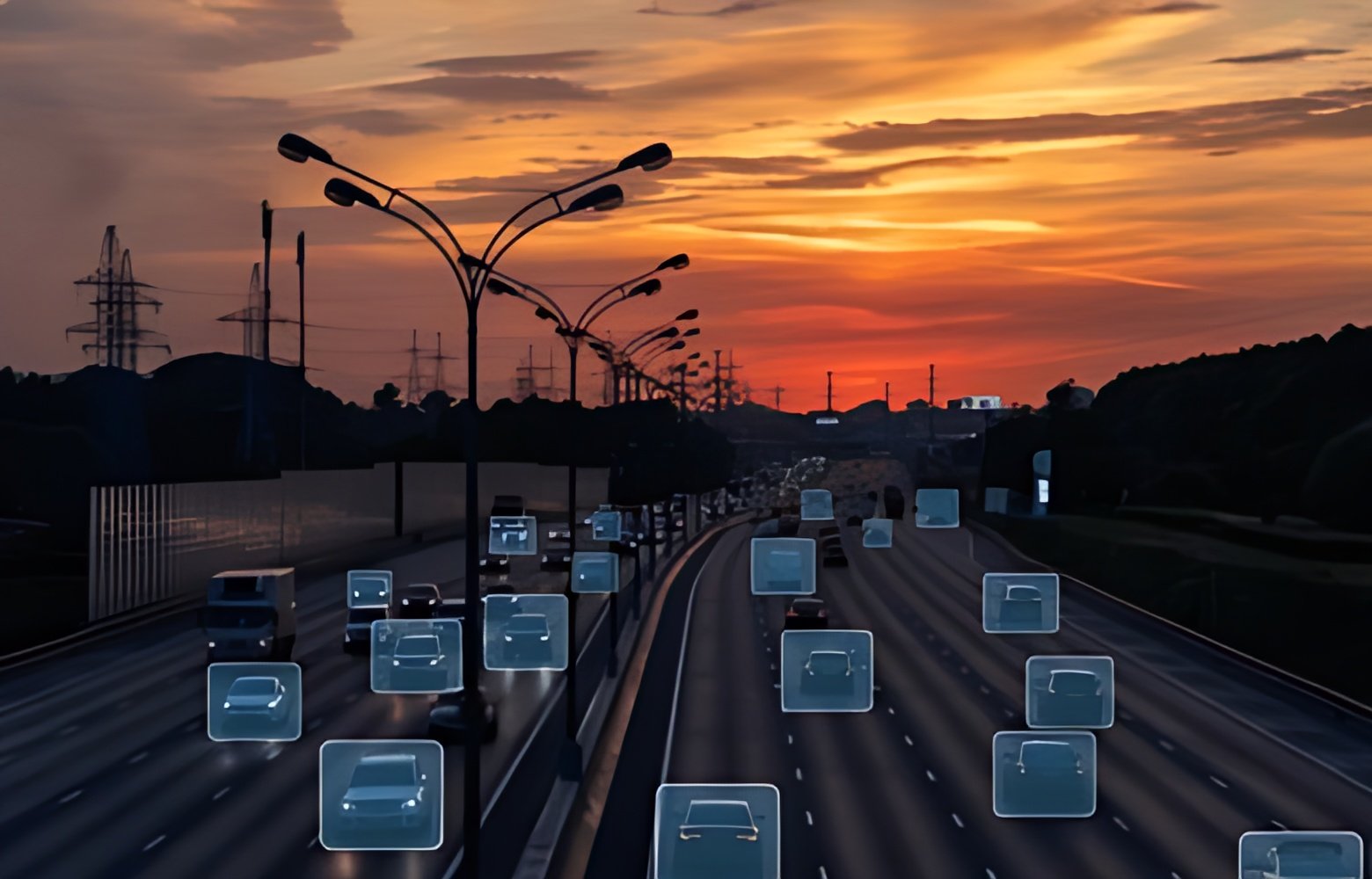






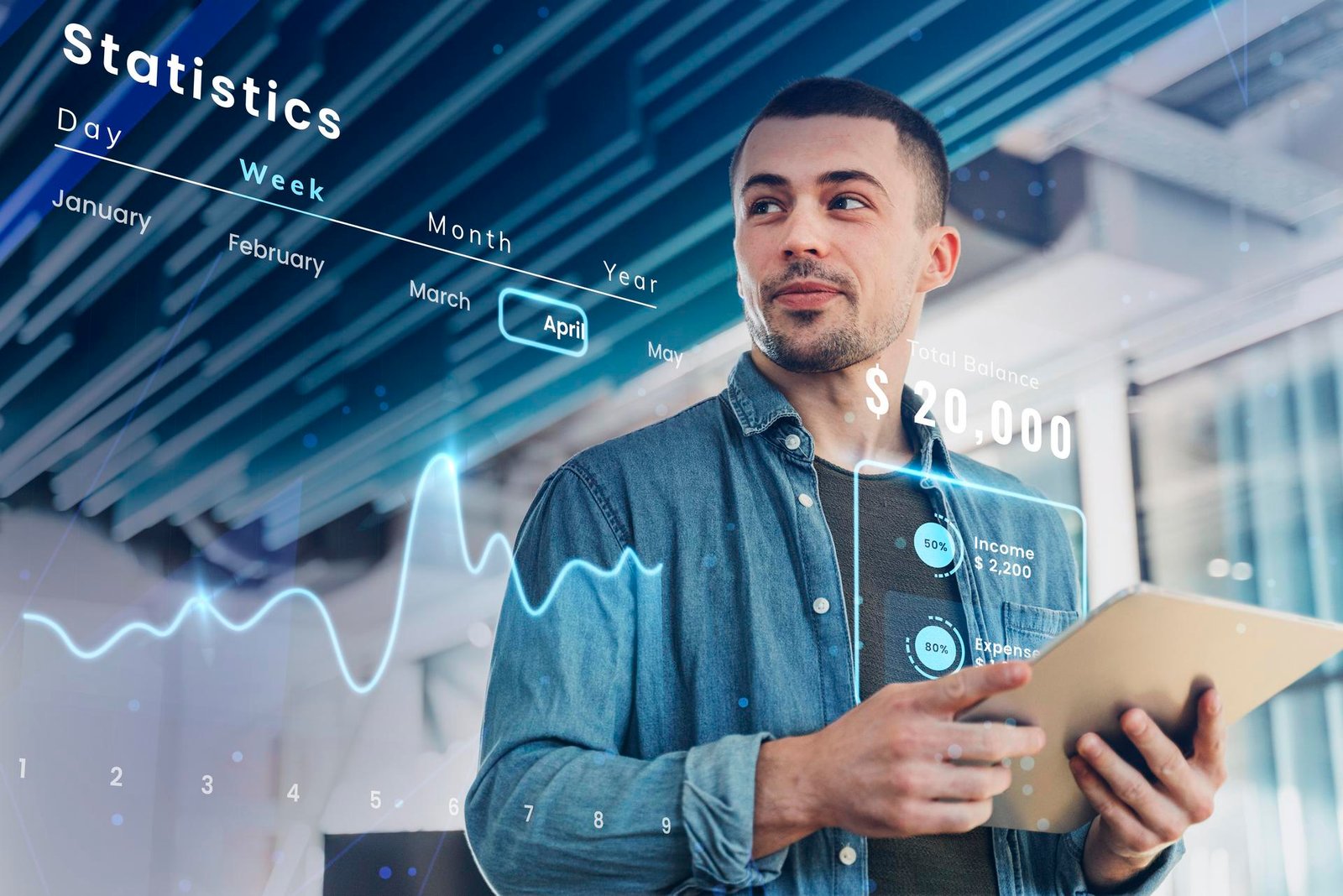










[…] rest were about boot space, Protech safety system, the massaging driver seat, sync with move technology (imagine calling something from a plumbing […]
Can you be more specific about the content of your article? After reading it, I still have some doubts. Hope you can help me.
Thanks for sharing. I read many of your blog posts, cool, your blog is very good.